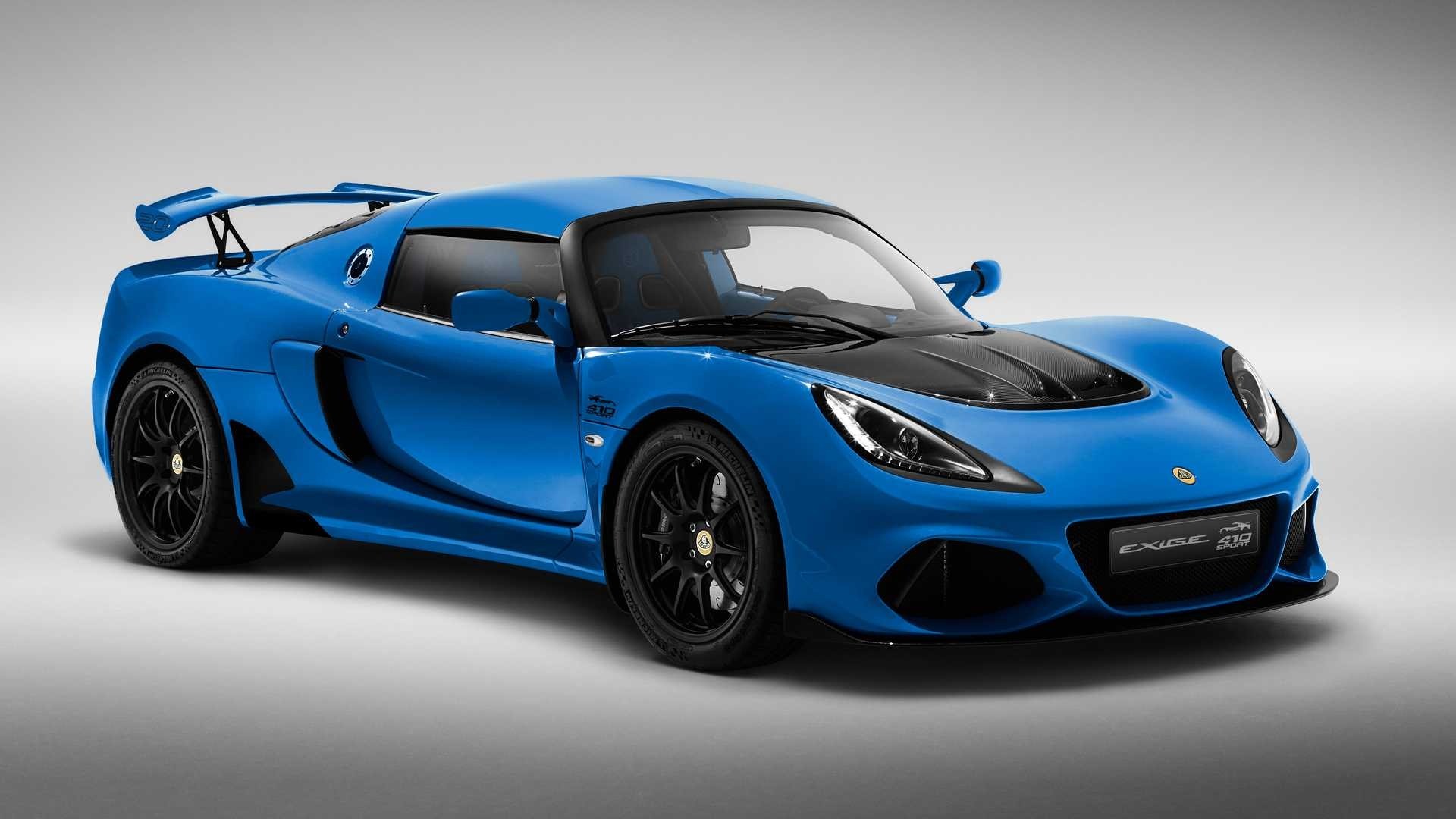Final Lotus With Combustion Engine Debuts This Summer
The Evija hypercar and upcoming SUV are the talk of the Lotus town, but the Hethel-based marque isn’t abandoning...

Final Lotus With Combustion Engine Debuts This Summer
The Evija hypercar and upcoming SUV are the talk of the Lotus town, but the Hethel-based marque isn’t abandoning the ol’ internal combustion engine just yet. The ICE’s last hurrah for the British sports car brand is debuting this summer, according to Automotive News Europe, citing a “source with knowledge of the plan.”.
Technical specifications remain shrouded in mystery for the time being, but Lotus’ CEO Phil Popham told ANE in a telephone interview the new model will come in a broad price range. The base version will kick off at £55,000 (about $75,200 / €61,800 at current exchange rates) and rise to £105,000 ($143,500 / €117,900) for the range-topping trim level.
By covering such a wide price point, ANE speculates the aging Elise, Exige, and Evora models could be dropped entirely and replaced by this new single model. The firm’s head honcho said during the phone call that production is scheduled to commence in 2022 and he is confident the car will give Lotus “substantial growth.” He went on to mention it is being developed as a global model like all of the company’s future vehicles will be, with bigger chances of being profitable in the United States.
Popham didn’t go into too many details about the car, only saying it benefits from a “modern electrical architecture” allowing Lotus to offer more connectivity features. The unnamed sports car will sit on a platform designed to boost day-to-day practicality, especially when it comes down to getting in and out of the cabin.
In a separate report, ANE has learned Lotus is not excluding the possibility of selling the new electric sports car platform it’s developing with Alpine to other automakers. The A110 replacement was recently teased ahead of an official launch by 2025 and will ride on a new bespoke EV architecture that will also underpin a Lotus-badged model.
The two low-volume brands have been talking about the hardware “for a number of months” and are not ruling out the prospects of sharing the platform with third parties. Why? Because the sports car segment is small and therefore selling enough cars to cover the investment made during development is difficult. Spreading out the costs by selling the platform to other companies would allow Lotus and Alpine to recuperate some of the money poured into the engineering process.